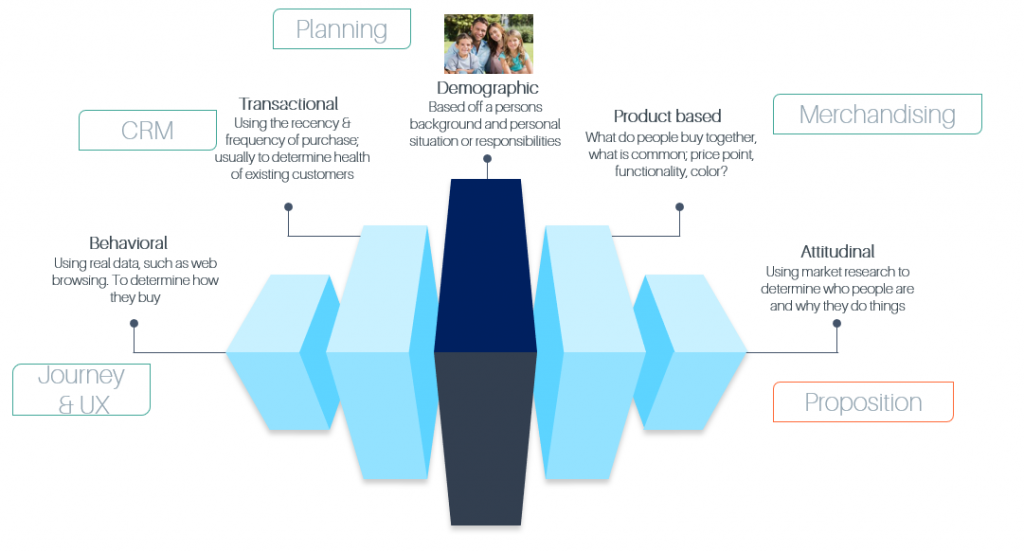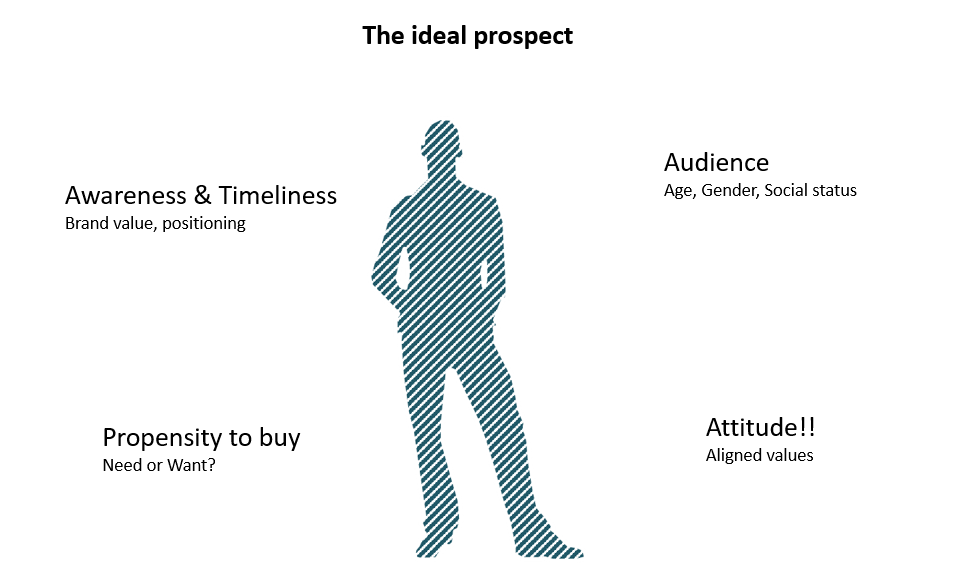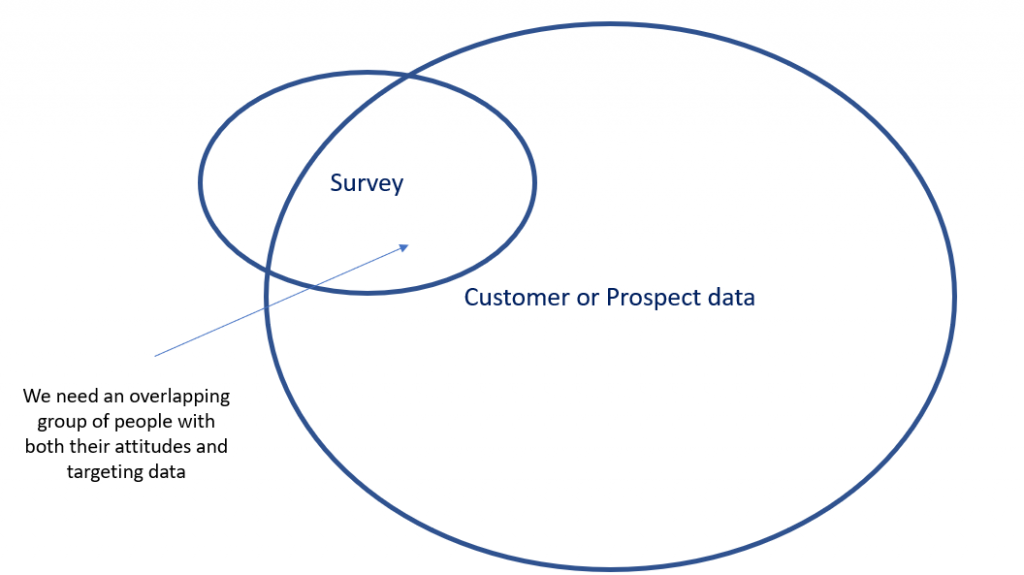How to target people based on their attitudes
Attitudinal research explaining why people engage with a product or service are widely used to understand and differentiate between different customer types. It is a great tool when planning a proposition or messaging to the distinct groups.
However, it also has had a long standing flaw; in that it is almost impossible to create a tangible action plan for a given individual.
Our attitudinal modelling service can be provided alongside our list rental modelling service, WebFusion, or within your customer data centre. This will apply the attitudinal segments to you on & offline prospecting data lists & audiences, or your customers, at an individual level. Once you hold the attitudes at an individual level you can use this to enhance reporting & insight or targeted messaging.
What is an attitudinal segment?
Marketers need to group people together in many different ways to understand how, why & what people are doing.
As you talk to people in different marketing and insight functions they will often have different segmentation that they are using, typically because of the availability of data.
Some examples of common segmentations

Historically it has been difficult to link a persons activity across all of these areas into one view, as such different departments create their own segmentations in their “data silo”. Attitudinal segmentations are typically based on research data where people have shared their thoughts so you can understand their character.

With technology such as WebFusion it is possible to see a customer journey from start to finish, i.e. we can tie all the behavioral marketing exposure and web site visits, orders, to an individual; we can then get enhance this with demographic data too!
However, tracked data still leaves a gap in understanding “the why behind the buy”; i.e. the attitudes of a person.
Attitudinal segments typically have a theme of “why” someone would make a purchase, they are created by researchers asking questions around the motivations of purchase.
A good example would be why would someone buy an expensive item over a cheaper one?
- Because of the quality of the item and workmanship – they want it to last
- It was a treat
- They value the brand and aspire to be associated with it
Why is an attitudinal segmentation powerful & how can it be used?
People make purchases based on a number of factors, sometimes it is an absolute need and other times it is a want or desire.
In the example above, where there are three reasons why people are buying. The three attitudes of; quality, a treat or an aspiration could be useful in a number of ways; but most commonly it can be used in the messaging & communications strategy.
How to apply an attitudinal survey to customer or prospect data?
Whether you are looking at better understanding your online or offline prospects, customers or VIPs; the overall principal is the same:

A survey that will ask questions that assign people to a specific segment, is needed to create a group of known prospects.
This survey will need to overlap with the data set that you are trying to model. This may mean your customers if you are looking at customer modelling, or you may need to involve a data acquisition partner.
A data acquisition partner can help you buy media across a number of channels, we work with several, the best often will have a data asset that work across a number of channels.
Once the survey has been run, and the results matched into the modelling universe or targeting data, our advance modelling techniques uses the available data to create proxies and apply a score.
The end result is that each person on your target data set should have a predicted segment. These models are never 100%; however they provide a structure that can be worked within to maximize the best chance of that persons segment. The effectiveness can be measured in the uplift in result.
How is this data use, does it remove the need for propensity to buy and other audience selections like demographics?
The idea of the attitudinal segment is that it works alongside other selection methods. A great example would be in digital marketing where you may want to alter your message based on that persons attitudes.
Using our example above you may have an ideal audience for your product, perhaps an older female market… When communicating to this audience we can vary the message to reflect the assumed attitude; quality, treat or aspiration.
Is it worth all of the effort?
There are several benefits in aligning the segmentations across different internal teams, with a single currency of “people types”, it enables multiple teams to work better together.
However, typically the main driver is a clear ROI on the conversion. I.e. you should be looking for a 10-20% increase in response of your campaigns by using better messaging.

